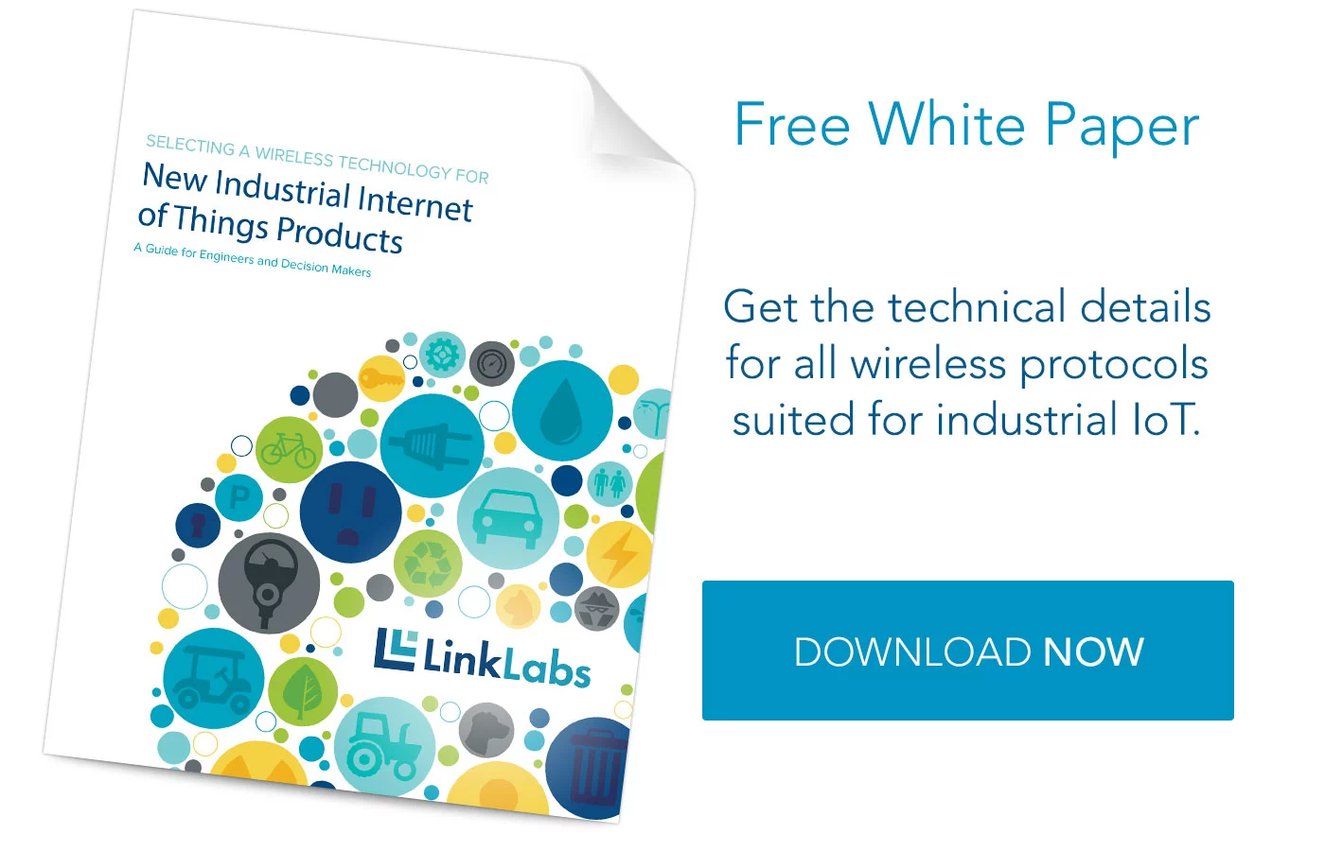With the use of industrial IoT (IIoT) technology, factory and plant owners are able to better monitor and understand the status of their equipment and improve both the speed of product output and the safety of factory equipment and personnel.
But OEMs and equipment vendors can also greatly benefit by selling industrial automation equipment or retrofitting their previous equipment with IoT sensor-based technology. For example, OEMs today can forecast potential issues with their equipment before scheduled maintenance and create a new business model in the process.
Below, we’ll walk through how the industrial IoT (IIoT) is effective in outfitting both new and existing sensor setups and outline a few ways industrial automation positively impacts both parties.
Industrial Automation Outfits For New & Existing Sensors
When selecting a solution for industrial automation, you’re either going to need a new sensor to gather new data or to backhaul existing data from an existing sensor.
1. New sensor, new data.
Adding new sensors to existing plants in order to gather data is a critical function of the industrial IoT (IIoT). For example, if you want to gather data on the duty cycle when a pump is running, you can either connect the sensors to the pump directly or use Bluetooth to connect wirelessly to open-standard sensors (which can be an even more cost-effective method).
From that connection, you can gather data and ship it back to the cloud using Symphony Link or your preferred backhaul method. Then you can create a dashboard of this data and monitor it in real time. Let’s say the pump is drawing more current than normal, which could indicate that a bearing is failing and the pump needs to be serviced. The OEM or factory personnel monitoring this data can then quickly and efficiently replace the malfunctioning element of the pump so there is greater uptime.
2. Existing sensor, existing data.
In other cases, data is already being gathered—but is effectively stuck in its ecosystem. This could be a MODBUS PLC architecture or some other legacy wireline system.
Consider an oil viscosity sensor, which is used frequently in refineries. If a refinery uses traditional communications—like serial line, ethernet, or powerline data bus protocols (ProfiBUS and MODBUS)—to gather data, the data ends up in a closed loop inside the factory. But getting data out of this ecosystem and over to an OEM or another third party adds a great deal of value for those involved.
For example, let’s say the company that created the viscosity probe needs to calibrate it every so often. To do this, they have a service team take their laptop, plug it into the ProfiBUS, read out the data, and make changes there. In the age of connectivity, it would be much easier and more cost effective for the OEM to examine that data and make the changes necessary from their office, instead of on-site. Additionally, the factory would benefit from this setup, as faults and issues would be discovered more easily—allowing for more uptime.
2 Ways Industrial Automation Impacts OEMs & Vendors
1. It allows for updated business models.
Impact on the OEM: Many OEMs today are on the hook for maintenance and upkeep of the equipment they sell. As such, preventive maintenance has historically been required. But with advancements in the IIoT, issues can be forecasted before a regularly scheduled maintenance checkup. This means the OEM can sell uptime as a service—something that is very disruptive in the market today.
For example, instead of selling a pump to a factory, the OEM could charge for every hour the pump is used. In exchange, the pump is serviced solely by the OEM.
Impact on the factory or plant: This business model is also impactful for factory or plant owners who don’t have the capital to expend on a $100,000 instrument, but are able to maintain lower monthly installments.
2. It helps decrease costs across the board.
Impact on the OEM: If an OEM wants to lower service overhead costs (while simultaneously creating new service offerings), they can do so using the industrial IoT. This means fewer onsite visits and fewer field personnel. Some solutions, like Symphony Link, allow for a single gateway to connect to every sensor device in an entire plant or factory. This means less cost (and more manageability) for the OEM.
Impact on the factory or plant: The cost savings that impact the OEM can also be passed along to the factory or plant owners in the form of lower equipment or monitoring costs. Additionally, owners and board members will rest assured that their equipment will have more uptime because of the constant monitoring of the OEM.
Using Symphony Link In The Industrial IoT (IIoT)
Symphony Link is an end-to-end solution that brings wireless to industrial automation and control through a system of modules, gateways, and back-end software. It offers:
- Acknowledgement of each transmission. Ensuring every transmission gets through is particularly important, especially for industrial control systems.
- Symmetric uplink and downlink. The ability to send data bidirectionally is vital in industrial settings.
- Different quality of service (QoS) tiers. This allows different applications and equipment to live together on the same network without any issues.
- Secure air-gapped connection. Today, cybersecurity is a critically important topic—and something both OEMs and factory owners have to keep in mind. Thus, the data bridge between industrial equipment and the internet can be concerning. But because Symphony modules cannot be accessed from the internet, security vulnerabilities are nearly impossible to introduce into the process controller.
Download the brochure below to learn more about how Symphony Link can impact your industrial equipment OEM business model or factory setup.





